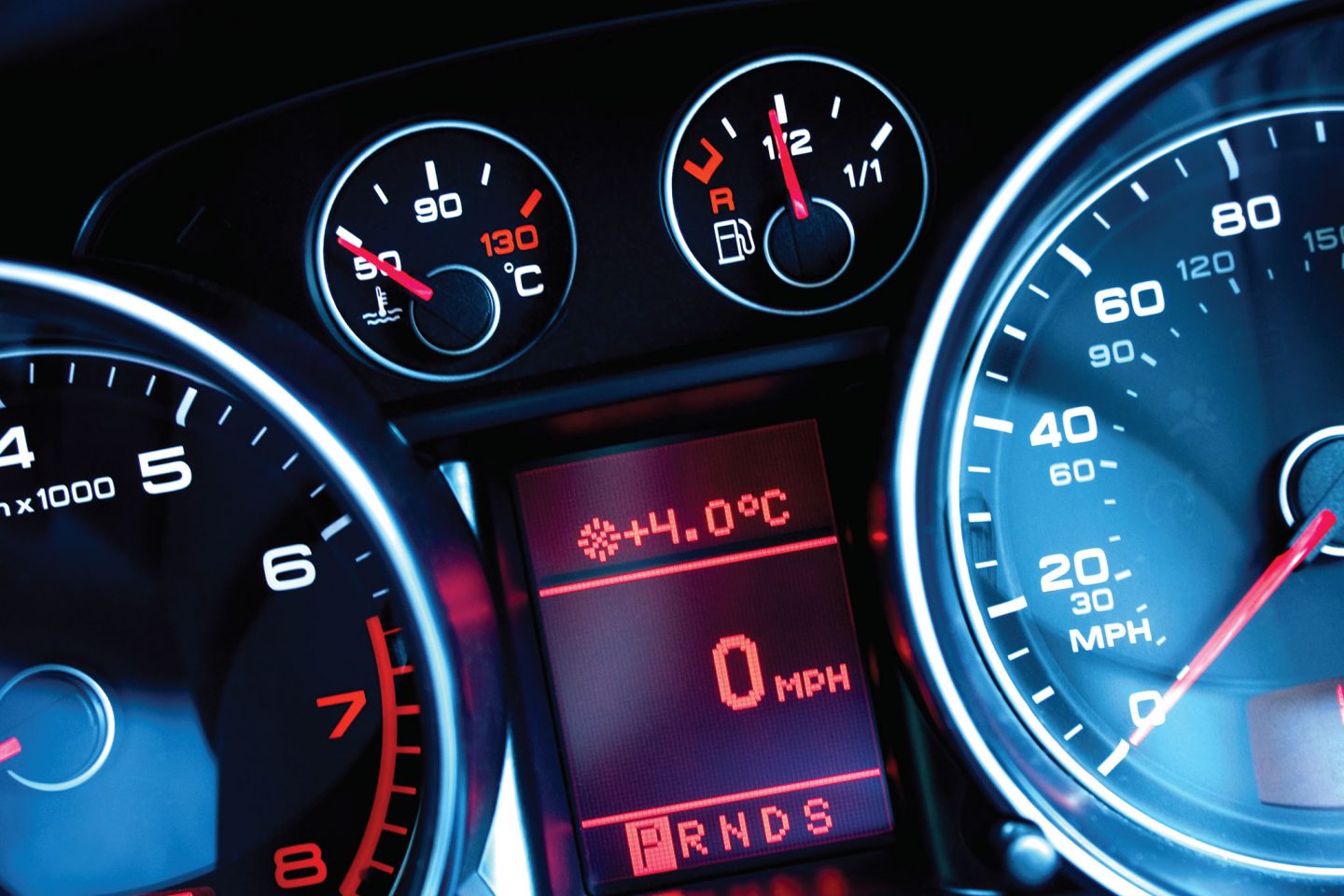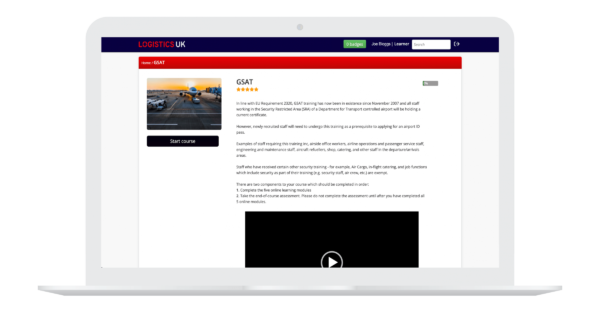
Course Content
Two modules of comprehensive basic safety training for van drivers
CREATe YOUR ACCOUNTModule 1, The Vehicle
The law makes it quite clear that the responsibility for the roadworthiness of the vehicle is a shared responsibility. Both the driver and the operator face prosecution if the vehicle is found to be in an unroadworthy condition.

Module 1, The Vehicle, includes:
- Vehicle Checks
- Fuel Efficiency
- Safe Loading
- Drivers Hours
In this module you will learn:
- The benefits of fuel efficiency for drivers, the company and the environment
- Standards required of van operators in regard to loading, transporting and unloading
- The importance of carrying out regular vehicle checks
- Driving hours rules that apply to van drivers
Module Content
-
- Your responsibilities for vehicle road-worthiness
- Pre Use Checks
- Checking Your Vehicle
- Tyre Checks
- Wheel Nuts
- Defect Reporting
- Enforcement and Prohibition
- Penalties for Non Compliance
-
- Introduction to Fuel Efficient Driving
- Driver Benefits
- Company Benefits
- Environmental Benefits
- Influences on Fuel Efficiency
- Tyres and Fuel Efficiency
- External Factors on Fuel Efficiency
- Uneconomical Driving
- Speed
- Braking
- Clutch Control
- Engine Idling
- Gears
-
- Construction and Use Regulation
- Employer Responsibilities
- Causes of Load Shift
- Load Security
- Effects of Transportation on Loads
- Approved Code of Practice
- Suitable Restaint
- Unloading
- Consequences of Failing to Follow Load Security
- Overloading
- Defences for Overloading
- Penalties for Overloading
- Graduated Penalties
-
- Which Rules Apply
- EU Drivers Hours Exemptions
- GB Domestic Hours Rules
- Domestic Hours Record Keeping
- Drivers Hours Records
Module 2, The Driver
The latest DVSA statistics show that over 3,000 tonnes of goods are moved in vans every minute. Without the van, goods and services would not get delivered and construction and maintenance workers would not be able to carry their tools, equipment and materials.
There are 4.1 million vans in use on Britain’s roads, driving a staggering 50 billion miles a year, making up 16% of all vehicular traffic, but having an annual accident rate of just one third of 1%.
To put this in perspective, there are just half a million UK registered HGVs that travel a total of 16 billion miles per year, make up just 5% of traffic on British roads, but have a bump rate almost three times higher than vans.
So why does the van driver get so much bad press?
The term ‘White Van Man’ originated in a Sunday Times newspaper article in 1997. Since then it has been used in the media to sensationalise the conduct of a small, but visible minority of drivers. The media loves negativity and does not sell its wares by letting statistics spoil a good headline.
The public, influenced by the media, often unfairly tag van drivers as ‘white van man’ regardless of fact. This course has been developed to address this misguided perception, and to provide a framework for safe and compliant van use.

Module 2, The Driver, includes:
- Industry Image
- Driver Licencing
- Driver Fitness and Wellbeing
- Rules of the Road
- Defensive Driving
- Staying Safe
In this module you will learn:
- The importance of all aspects road safety to both yourself, and other road users
- The meaning of ‘defensive driving’, how it relates to your safety and the safety of others
- The importance of being fit to drive and the factors that affect your wellbeing as a driver
- The significance of driving laws and rules and what the consequences of not following these are
- How your interaction with customers and the public affects industry image
- DVLA driver licencing requirements for vans and trailers
Module Content
-
- Driver Attitude
- What Makes a Good Driver
- The Importance of Customer Care
- Creating the Right Impression
- Customer Service
- Driver Licencing Course Content
- Goods Vehicles
- Goods Trailers
- Licence Categories
- Medical Standards
- Penalty Points and Driving Convictions
-
- Goods Vehicles
- Goods Trailers
- Licence Categories
- Medical Standards
- Penalty Points and Driving Convictions
-
- Stress
- Diet
- Alcohol and Drugs
- Fatigue and Sleep
- Exercise
-
- Driving for Work
- The Law
- Distracted Driving
- Speed Limits
- Guide to Loading and Unloading
- Road Junctions
- Parking on Private Land
- Traffic Signs and Road Markings
- Bus and Cycle Signs and Road Markings
- The Highway Code
- Drink and Drug Driving
- Penalties
-
- Defensive Driving Techniques
- Other Road Users
-
- Manual Handling
- Avoiding Injuries
- The Importance of Seatbelts
- Collisions and Incidents
- Insurance Accident Reports
- Driving in Adverse Weather Conditions
- Breakdown Procedures
